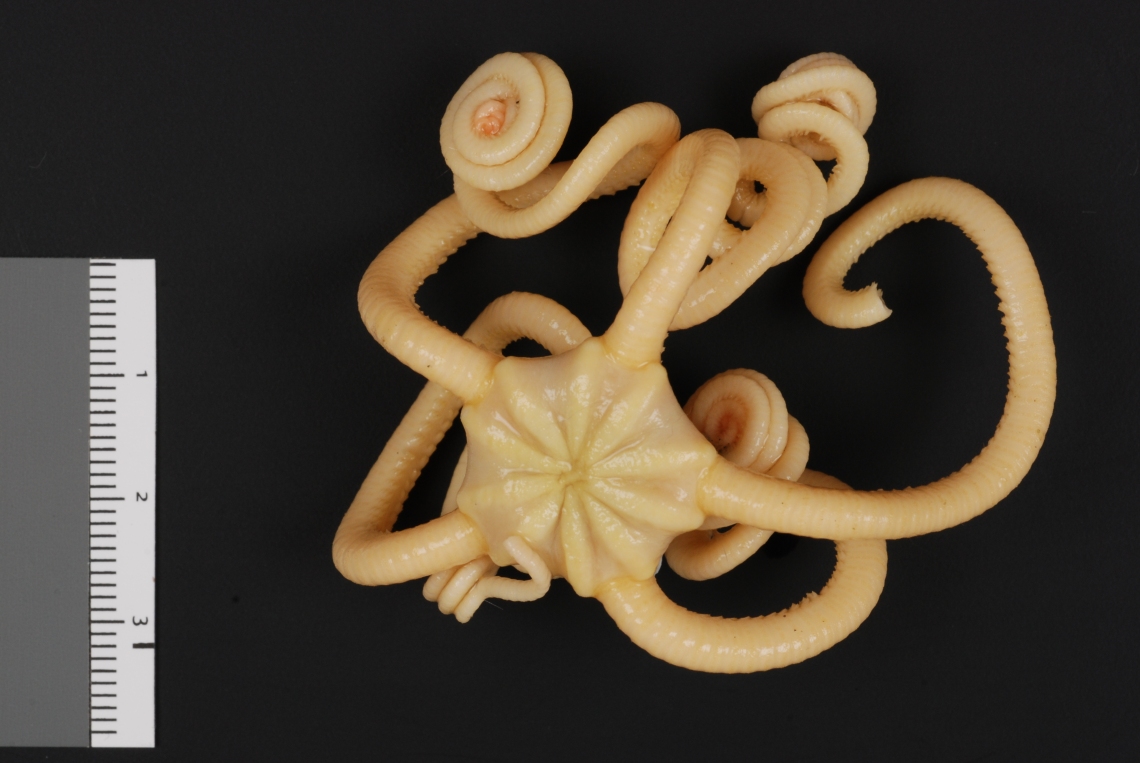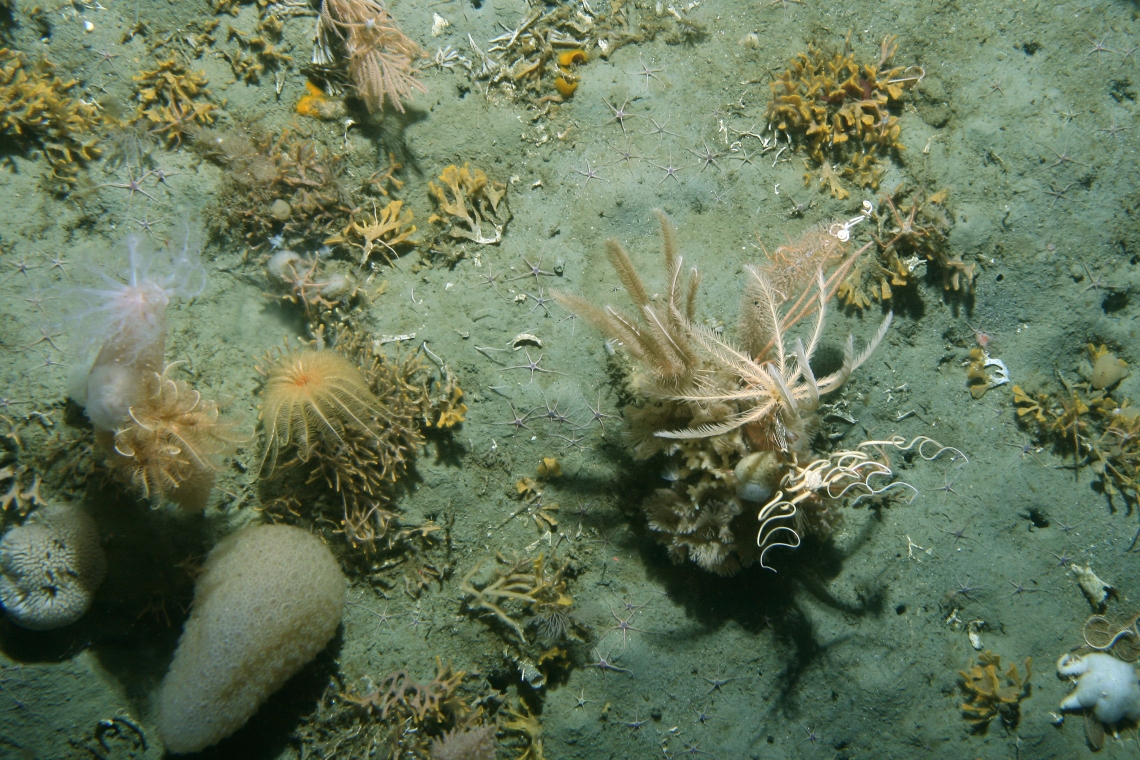It is all hands on deck here at NIWA as our Research Vessel, Tangaroa prepares to depart for Antarctica next week. In honour of this voyage, we thought it appropriate to feature one of our favourite Antarctic dwelling critters, the predatory snake star, Astrotoma agassizii Lyman, 1875.
Astrotoma agassizii is commonly found in the Ross Sea at the Balleny Islands, Victoria Land and Terra Nova Bay, Antarctica. It lives at continental shelf depths right around the Antarctic from 90-700 m, but we have also recorded it on the Antarctic continental slope down below 2000 m.
We have a related species in New Zealand waters, Astrotoma drachi Guille, 1979, but it is much less common here and found deeper from 1036-1377 m.
The largest known specimen of brittle star (http://en.wikipedia.org/wiki/Largest_organisms), this impressive predator's disc diameter can be up to 6 cm across and its arms can reach an impressive 70 cm long!
Although they may look beautiful, these long wiggly arms are ringed with rows of minute hooks, which enable them to grip on to the corals to gain height up off the seafloor and loop around and grab prey items.
Dearborn et al. (1986) found that Astrotoma agassizii preys mainly on small crustaceans (copepods, mysids and euphausids) and arrow worms (chaetognaths), but it has been found to eat a variety of other animals from the plankton too.
Interesting fact:
Dahm (1990) calculated the age of a specimen of Astrotoma agassizi to be 90 years old from growth rings found in the arm vertebrae.


